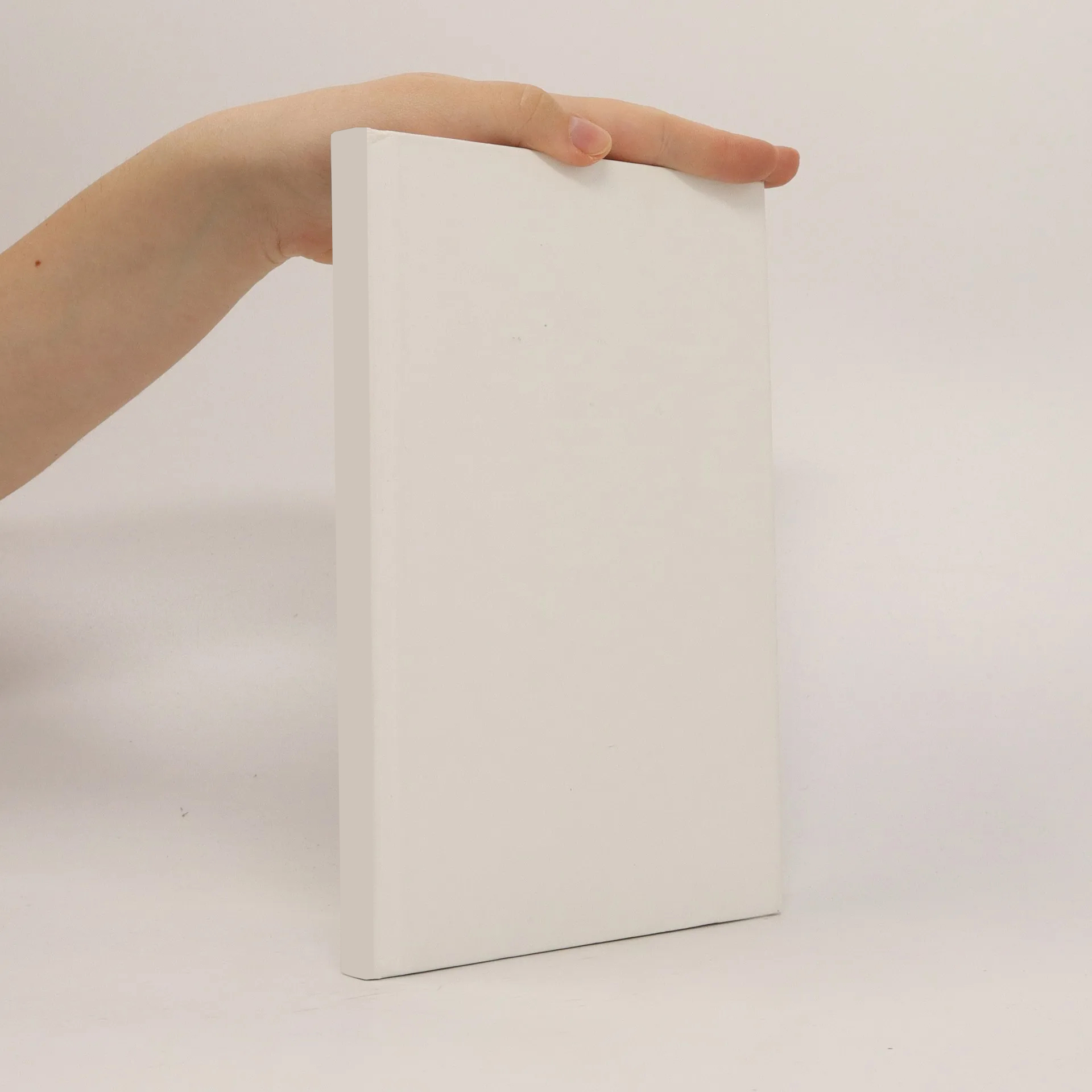
Viac o knihe
Zeolites, known for nearly 250 years as aluminosilicate minerals, include varieties such as clinoptilolite, mordenite, and chabazite. While they are of great interest in heterogeneous catalysis, their natural forms are limited in catalytic applications due to unoptimized properties and the presence of impurities. The development of synthetic zeolites between 1948 and 1959, largely credited to R. M. Barrer and R. M. Milton, marked a turning point for these porous materials in catalysis. A significant milestone was the introduction of synthetic faujasites, specifically zeolite X and later zeolite Y, as catalysts in fluid catalytic cracking (FCC) of heavy petroleum distillates in 1962. This process, crucial to the chemical industry with a global capacity of approximately 500 million tons per year, saw zeolites outperform traditional amorphous silica-alumina catalysts by several orders of magnitude. This advancement not only facilitated major improvements in process engineering but also led to a substantial increase in motor gasoline yield. The enhancement in yield translates to an added value of around 10 billion US dollars annually, underscoring the economic significance of synthetic zeolites in modern catalysis.
Nákup knihy
Catalysis and zeolites, Jens Weitkamp
- Jazyk
- Rok vydania
- 1999
- product-detail.submit-box.info.binding
- (pevná)
Platobné metódy
Nikto zatiaľ neohodnotil.